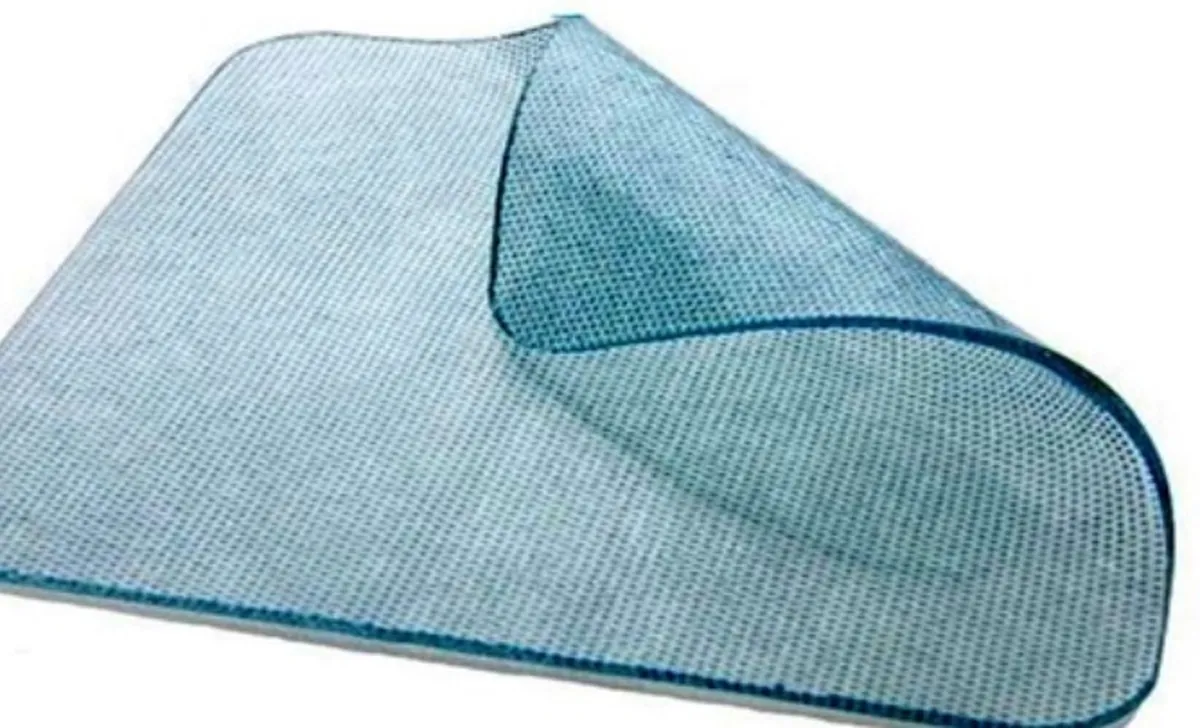Iranian Researchers Product Nano-Based Herbal Wound Dressing for Patients

“The project has many applications because people are faced with wounds throughout their life and are more or less involved in it,” said Sepideh Hazari, a PhD student of Applied Chemistry at Tabriz University.
“The production of wound dressings with herbal compounds and antibacterial properties was my goal for this project; although there are a wide range of wounds, the wound dressing produced in our research enjoys the capability of general use for different types of wounds,” she added, noting that the new wound dressings are used for treatment because they create sufficient moisture in the wound.
“The new wound dressings are usually classified based on the materials they have been made from and include hydrocolloids, alginates, and hydrogels, which are generally created in the form of gels, thin films, and foam sheets,” Hazari said.
“Hydrogels can be defined as polymeric materials that, while having the ability to swell in water and retain water in their structure, do not dissolve in water. These materials have been successfully used in medical fields due to their high capacity to hold water, and hydrogels can be used as gels or films,” she underlined.
Earlier in September, researchers at an Iranian knowledge-based company had also produced transparent nanofibrous dressings that allow for better visualization and inspection of the wound.
A knowledge-based firm in Iran operating in the field of producing advanced nano-fiber dressings has managed to make new wound care products, especially for diabetic wounds, burns, and pressure ulcers.
Adele Qolipour Kanaani, the managing director of that knowledge-based firm said that producing advanced nanofibrous dressings for all types of skin wounds called "Tadapan" is one of the products of their company.
“This knowledge-based product is used in the treatment care of all types of open skin wounds, especially for the healing of diabetic wounds. This advanced dressing is a layer composed of nanofibers that becomes transparent as soon as it comes into contact with the wet surface of the wound and allows monitoring the treatment process,” she said.
Saying that their nanofibrous dressings are produced using biocompatible polymers with excellent biological properties without the use of toxic solvents, the managing director of the knowledge-based firm added, “This product is made with the most up-to-date technology of nano-fiber layers, which, due to its special formulation and advanced production process, simulates a structure similar to the natural structure of the extracellular matrix of the body's skin. The similarity of the fibrous structure of this dressing with the natural skin of the body, along with the three-dimensional, porous and breathable structure, has created a special structure that has significantly accelerated the healing process of different types of wounds.”
4155/v





















